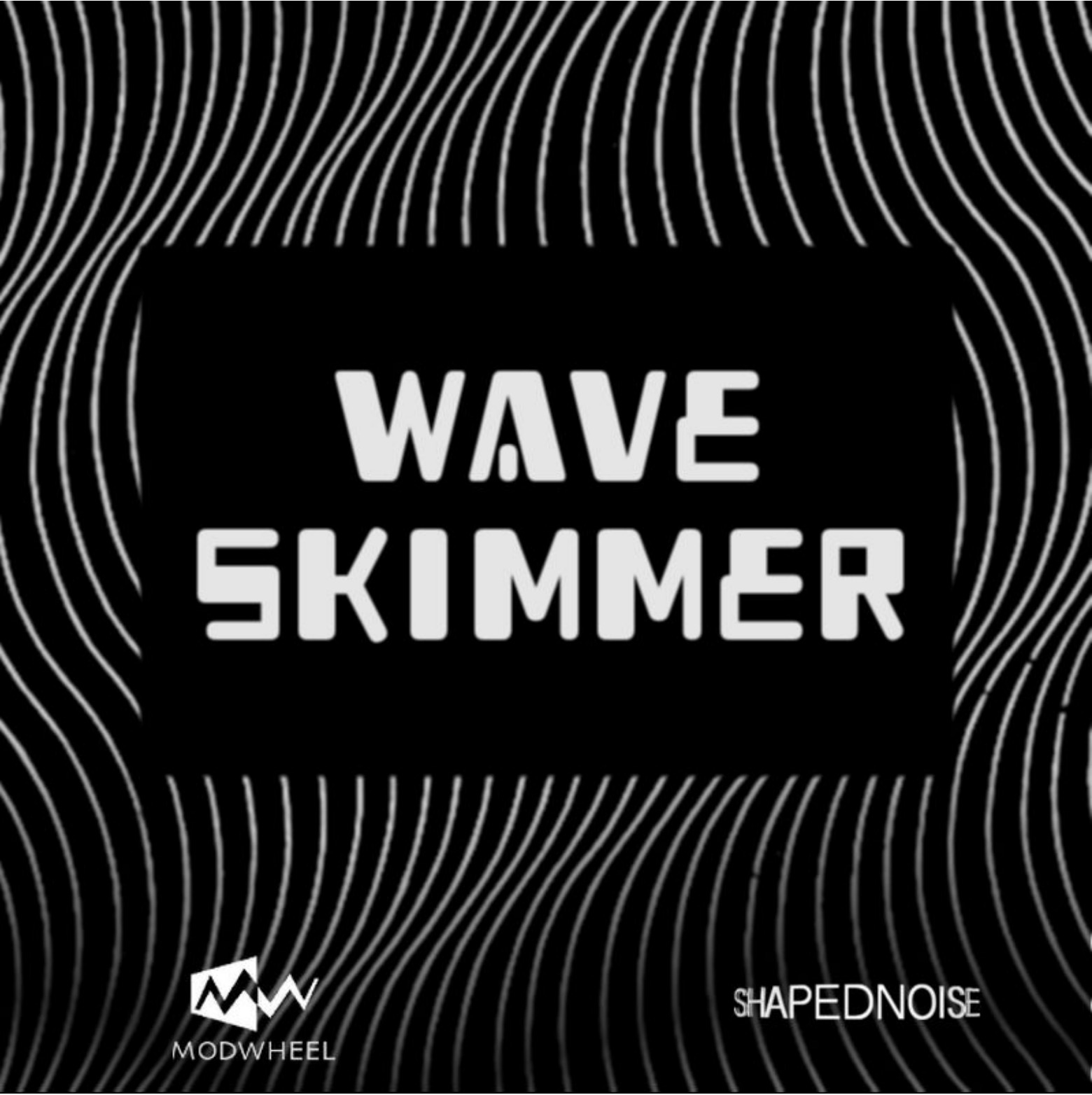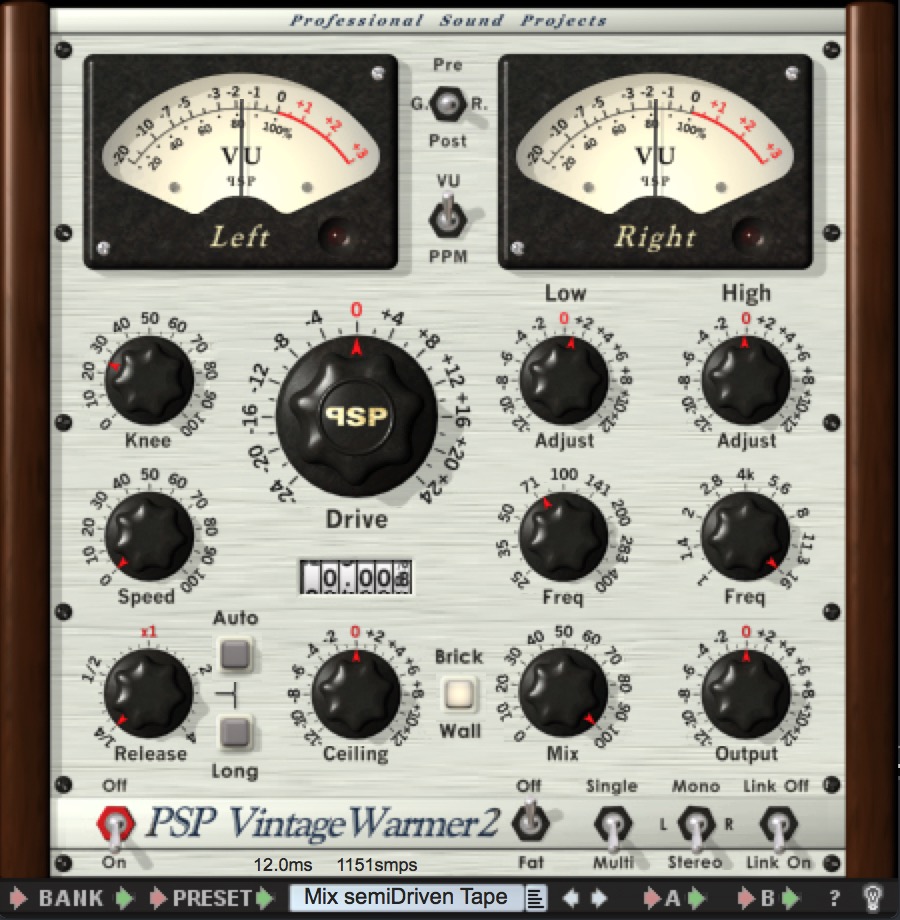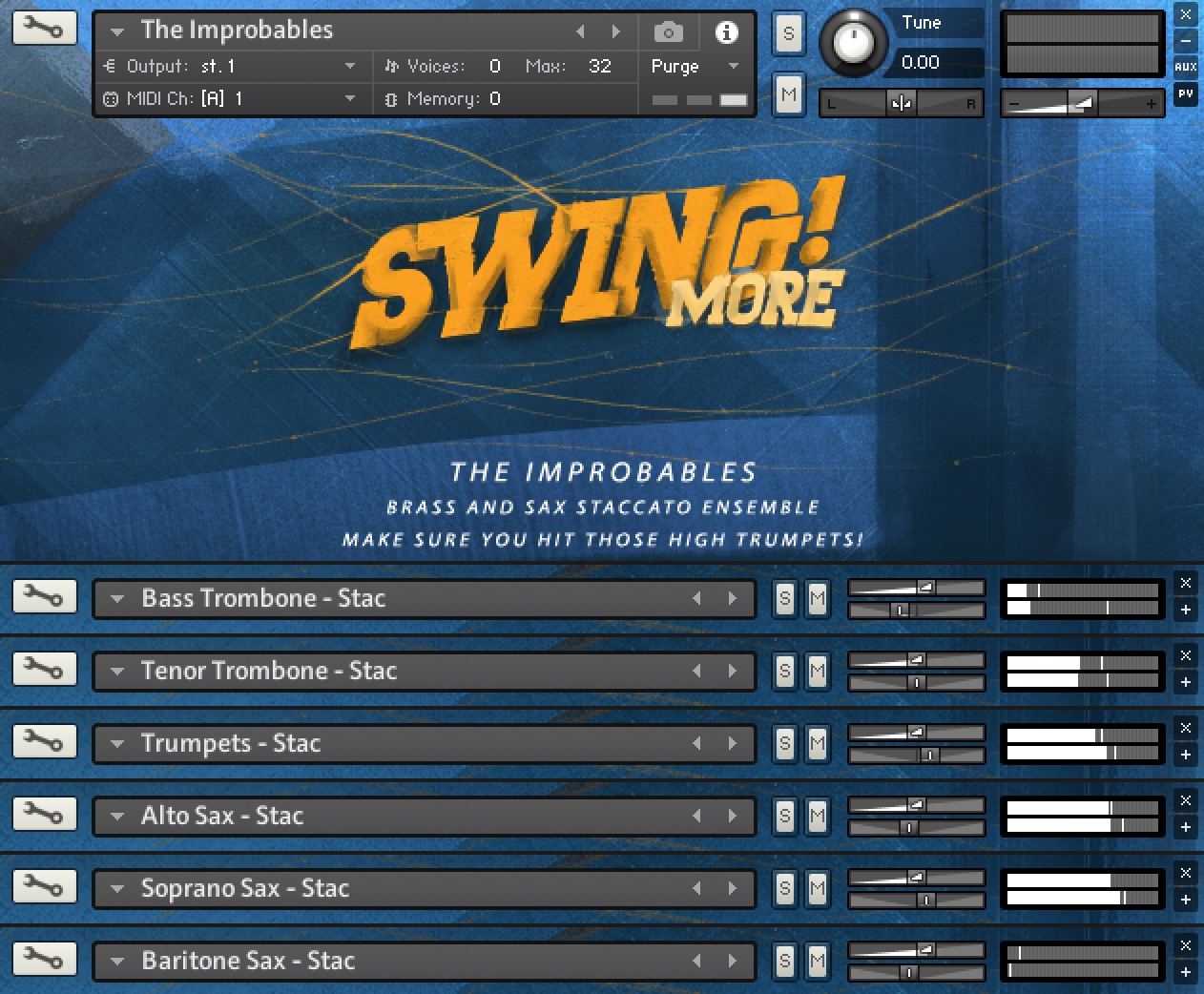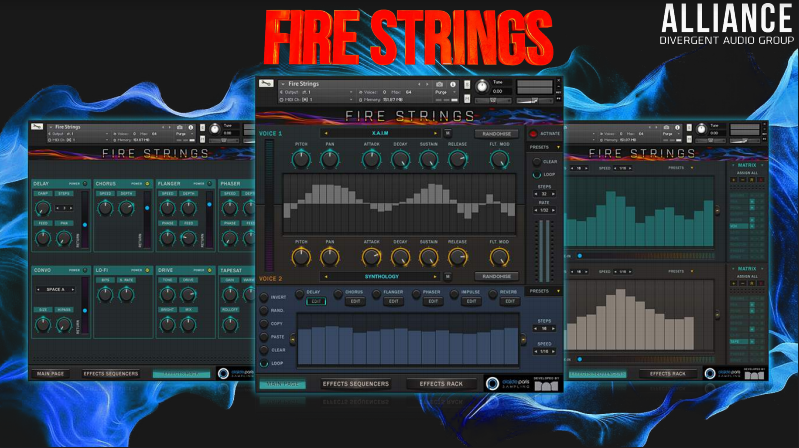Ruby by Acustica Audio
Let’s dive into our Ruby by Acustica Audio Review. Ruby is a replication of a VT-5 vacuum-tube equalizer accredited by DW FearnStory. The Ruby 2 plugin is an emulation of a high-end EQ which Mr. Fearn the creator of the hardware unit sells for around 9000 USD.
Acustica Audio used its exclusive sampling technology to create a plugin that is close to the hardware equalizer. Acustica Audio has been on the cutting edge of audio technology for years, and its latest innovation is sure to revolutionize the industry.
With their proprietary sampling technology, they have finally been able to replicate the sound of legendary engineer D.W. Fearn’s equalizer in a digital plug-in format. This is a huge accomplishment, as Fearn is notoriously picky about the sound of his products. He has turned down many offers to release digital versions of his equipment, but he was so impressed with Acustica Audio’s RUBYequalizer that he agreed to put his name on it. Acustica Audio’s RUBYequalizer has garnered high praise from industry professionals and engineers alike, with many saying it’s the closest thing to having a real D.W. Fearn equalizer in the digital realm. Even the renowned gullfoss by soundtheory review gave it a glowing recommendation, lauding its accuracy and musicality. This breakthrough has truly set a new standard for digital emulations of classic analog gear.
This plug-in is sure to be a hit with audio engineers and producers around the world who are looking for that perfect sound. Thanks to Acustica Audio, they can now get it without spending a fortune on vintage gear.
Ruby – Installation
You use the Aquarius tool to install and authorize the plugin after purchase. Updates are distributed through Aquarius software as well. The Ruby2 plugin runs on OSX and Windows as a VST2, AAX, and AU plugin (32 and 64 bits)
Ruby by Acustica Audio Review
At first glance, the Ruby equalizer may not look like much. But looks can be deceiving – this unit is capable of imparting a stunning stereo image to any track.
The secret lies in its unique valve design, which gives the audio signal a warm, creamy quality that is simply unmatched by other units in its price range. In addition, the Ruby features an impressive array of controls, including an input level knob, a three-band EQ section, and a high pass filter.
With these tools at your disposal, you can easily sculpt the perfect sound for any situation. Whether you’re looking for a little extra sparkle on your vocals or some extra weight on your drums, the Ruby equalizer is sure to deliver.
Vacuum Tube Equalizer Vt-5
Since the early days of audio engineering, audio professionals have highly prized the unique sound of vacuum tube circuitry. For many years, the only way to achieve this sound was to use bulky and expensive tube-based equipment. However, in recent years a new wave of digital tube emulations has emerged, offering the same rich sound without the heavy price tag.
Among these emulations, Ruby is an official endorsement and a faithful representation of the D.W. Fearn highly sought-after vacuum tube equalizer VT-5. The original hardware equalizer uses passive LC circuitry with class-A triode vacuum tube stages for the input and output.
The input transformer is made by Jensen. The output stage utilizes the same custom Jensen transformer used on the VT-1/VT-2 mic preamps.
As a result, Ruby offers users an incredibly accurate recreation of the classic VT-5 sound, at a fraction of the cost. Whether you’re looking to add some vintage flavor to your tracks or simply want to experience the unique sound of tube circuitry, Ruby is an excellent choice.
Ruby faithfully emulates the sound of a VT-5 vacuum-tube equalizer created by D.W. Fearn. With Ruby EQ you produce smooth instruments or can glue the mix-track. The resulting high frequencies are roomy and breezy.
The VT-5 is a high-quality audio processor that uses a passive inductor-capacitor circuit to perform tonal changes. The resulting loss of level is made up for by a valve gain stage.
This design is based on the popular Pultec EQP-1A, which was used by many top studios in the 1960s and 1970s. The VT-5 offers the same great sound as the original, with a few modern improvements. For example, the VT-5 features a wider frequency range and higher headroom.
Additionally, the VT-5 can be used as both an insert processor and a standalone equalizer. Whether you’re looking to recreate the classic sound of the Pultec EQP-1A or you want a modern take on this classic design, the VT-5 is a great choice.
Ruby has a unique tone and vibe. When you use the preamps on the highs you get creamy results – dial them back when it gets too smooth. The plugin was designed so that you can truly boost the HF and it will not sound harsh. Only a handful of developers follows this unique approach.

Ruby is fabulous on instruments, the mix bus, and vocals. If you do own Gold (another Acustica Audio plugin) you could combine it with Ruby on vocals for transcendent tone. Ruby is not a good fit for low ends. My guidance is to closely monitor the low-end results when you use Ruby on an instrument track.
While some may find the Ruby to be Bass light, it is in fact quite even-handed across the frequencies, with a full and natural midrange.
On voices and guitars in particular, it shines; never harsh, but focused and clear, and invariably requiring less dramatic cut or boost settings on the same material. The EQ can be rolled off below 100Hz if a bit more heft is desired without adversely affecting the integrity of the low end (as can happen with some other shapes).
Overall, the Ruby has more girth and punch than one might expect. At the top end, there’s air and openness at the top end but no exaggerated “sizzle” – just enough to add a sense of space and clarity without becoming fatigued. The result is an authoritative sound that will work well in a wide range of genres.
The plugin includes the harmonic deformity performance of the VT-5 vacuum-tube equalizer. It adds phase shift and any frequency response deviations to your taste.
If you are interested in the original unit there is a great video. While the video is about the hardware unit Mr. Fearn comments are usable when you use the plugin version.
Preamp
When you use Ruby to boost the frequencies you need to adjust, there are no recipes (presets) available that fit your mix or track. Use your ears when you set the boosting or cutting in Ruby.
It could be used for mastering, but you need to watch the low ends and possibly turn off the preamp in many instances. Overall the character and vibe of Ruby EQ made me curious about the hardware, which at 10k is out of reach.
The preamp stage of the unit is designed to dynamically recreate the pass-through sonic coloration of the original unit. This includes the harmonic distortion behavior of the hardware, the inherent phase shift, and frequency response deviations.
By accurately modeling the original unit, the preamp stage ensures that the unit sounds just like the original, making it perfect for those who want to experience the true sound of the original without any artifacts.
The hardware version of this preamp is well-known for its rich and musical sound, but it can also be quite noisy. The plug-in version features a much cleaner and more linear sonic character, which can be a major advantage in the studio.
Gain staging into the plug-in behaves similarly to hitting the original unit at different input levels, so Ruby comes with an “Input Trim” control. This allows for one-knob internal gain control by means of hidden linked input and output gain stages. As a result, the plug-in can offer a wide range of sounds while still being very easy to use.
User interface & Usability
The UI is a replication very closely to the operational mode of the hardware unit. You move from low frequencies on the left to high frequencies on the right. There is a helpful and nicely designed manual available here. Take a look at the video above.

The CPU drag depends on your hardware and on how many inserts you use. If you do run into issues print tracks to reduce the load if needed.
RUBY is a versatile tool that can be used to create a wide range of sounds. The controls are self-explanatory and can be used in any combination to produce unique results. For example, using both the Low Cut and Low Boost controls at the same time can create some extraordinary effects.
This also applies to the High Boost and High Cut controls. By experimenting with the different combinations of controls, users can create an infinite number of soundscapes. RUBY is a powerful tool that allows users to explore their creativity and express themselves in new and innovative ways.
The Mid-Cut control is a powerful tool for shaping the sound of a recording. At low attenuation settings, it produces a broad range of frequencies, making it ideal for removing mid-range muddle.
As the attenuation is increased, the Q becomes sharper, allowing for more precise sculpting of the sound. High attenuation settings are particularly useful for nulling out an annoying resonance. By carefully adjusting the Mid-Cut control, engineers can achieve a wide range of sonic results.
The High Cut control is useful for reducing noise. The highest frequency setting (28 kHz) is particularly useful for digital recording. Attenuation in this range may help avoid effects common with anti-aliasing filters in A-D converters. The Input control allows the processing of a wide range of input levels.
Also, extreme amounts of boost could cause an excessive output level. Reducing the Input control setting may be helpful in this circumstance. By carefully adjusting these controls, it is possible to reduce the level of noise in a recording without affecting the quality of the sound. In this way, the High Cut and Input controls can be used to produce a cleaner, clearer recording.
Audio processors are a vital part of any musician’s toolkit. They can be used to shape the sound of an instrument, add effects, or simply make it louder. However, with so many options available, it can be tough to know where to start. The best advice is to use your ears and select settings that achieve your desired sonic goal.
However, it is important to avoid boosting frequencies when there is no effect. For example, boosting the extreme highs on a bass guitar may only increase noise. By taking the time to experiment with different settings, you can find the perfect sound for your music.
You can control through the Interface the EQ and Preamp and gain.
EQ
- Low Cut: at 30, 40, 100, or 400 Hz, 0 to -18 dB shelving
- Low Boost: 20, 40, 60, or 140 Hz, 0 to 16 dB shelving
- Mid Cut: 200, 300, 400, 500, 600, or 700 Hz, 0 to -16 dB
- High Boost: 1.5, 3, 4, 5, 8, 10, 12, or 16 kHz, 0 to 12 dB with Bandwidth Q of 0.6, 0.8, 1.0, 1.4, or 1.7
- High Cut: 1.5, 3.5, 8, or 28 kHz, 0 to -14 dB shelving
Preamp
- Preamp: on and off.
Input and gain
- Input Trim: from -24 dB to +24 dB
- Output Gain: from -24 dB to +24 dB
Conclusion
The VT-5 is a high-end audio amplifier that is not mass-produced. Each one is hand-made and meticulously tested and listened to before shipment to the customer. The philosophy behind the VT-5 is: to use only the best components in an optimized circuit and build it with pride and precision.
This commitment to quality has made the VT-5 one of the most sought-after amplifiers on the market. Despite its high price tag, the VT-5 has consistently received rave reviews from audio enthusiasts and professionals alike. If you’re looking for an amp that will deliver exceptional sound quality, the VT-5 is definitely worth considering.
The Acustica Audio Ruby plugin is a faithful recreation of an analog EQ and preamp unit, the VT-5. It offers a rich, musical sound with a wide range of sounds that can be easily controlled. The user interface is closely modeled after the original unit, making it easy to use.
RUBY Acqua plug-in is designed to provide recording professionals with a sonically superior processing device. It is typically used in sound recording studios for modifying the frequency response characteristics of an individual track. RUBY is a true stereo device, with one set of controls that simultaneously adjust both channels.
The plugin offers four different types of processing: high-pass, low-pass, band-pass, and shelf. Each type of processing has its own unique set of controls, which allows the user to fine-tune the sound of their recording. In addition, RUBY also features a built-in EQ that can be used to further shape the sound. The RUBY Acqua plug-in is an incredibly powerful tool that can greatly improve the quality of any recording.
Ruby is a versatile plugin that can be used on a variety of instruments and voices. It has a smooth sound that is perfect for the mix bus and vocals.
If you own Gold, another Acustica Audio plugin, you can combine it with Ruby on vocals for an even more transcendent tone. Ruby is easy to use and sounds great on a variety of instruments. You can’t go wrong with this plugin! In addition to its outstanding sound quality, Ruby also offers an innovative cosmetic mixer that allows you to visually see the changes you are making to the audio. This feature makes it easy to fine-tune your vocal or instrument tracks to perfection. With Gold and Ruby, you’ll have everything you need to achieve professional-grade results in your music production.
Rating: Five out of five stars
Ruby glues and presents the mix similar to the hardware. You get a special vibe with a creamy and glued mix. It is a special plugin emulating the vibe of the VT-5 vacuum-tube equalizer.
Ruby’s ability for smooth High Frequency and deep, fluid, and solid Low-Frequency control as actually emulated tube EQ is unique. Ruby is part of the selected top-end tube EQs that are accessible as a plugin.
Ruby by Acustica Audio FAQ
What is the latency of this plugin?
The latency will depend on your hardware and on how many inserts you use. If you do run into issues, you can try printing tracks to reduce the load.
Can I control the EQ and preamp separately?
Yes, you can control the EQ and preamp through the interface.
What is the input trim for?
The input trim allows for one-knob internal gain control by means of hidden linked input and output gain stages. As a result, the plug-in can offer a wide range of sounds while still being very easy to use.










